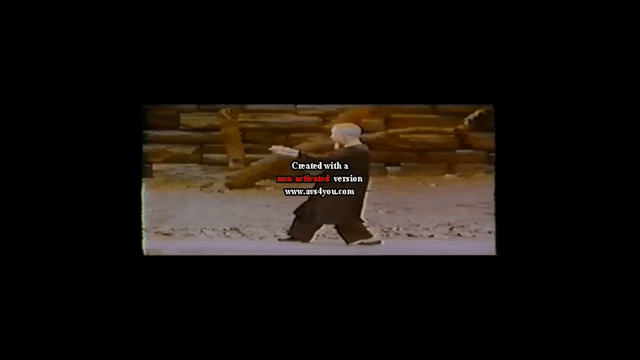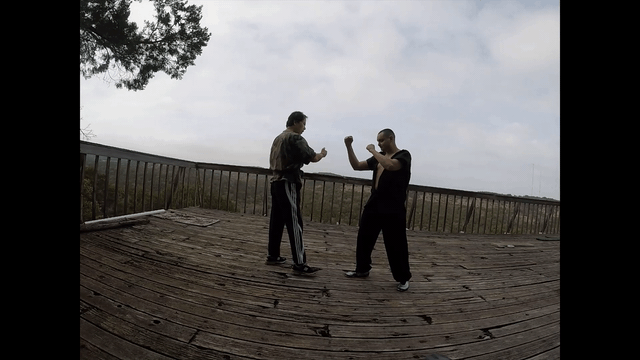_Simon_
Grandmaster
Yeah it's funny the cookie-cutter approach.. I mean all bodies are generally the same, but all bodies are not specifically the sameMy instructor was of the "everyone uses the same stance" camp, and I have the same issue you have (duck feet). I started paying attention to knees, instead, in those stances, and now teach students to select the correct stance/usage, rather than dictating the stance. In fact, in testing, if I see a stance other than what I normally teach, I ask why they used it. If they have a reasonable answer, then I allow it. If they don't (whether the stance is acceptable or not), then they're not ready yet.
I'll keep that in mind.. and if I'm corrected to have my foot pointing perfectly forwards I'll bring it up, and see what happens.


